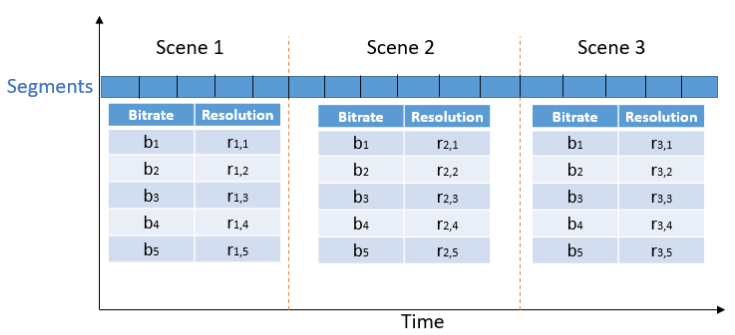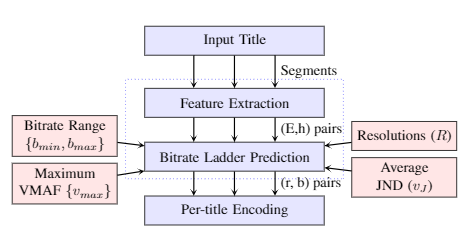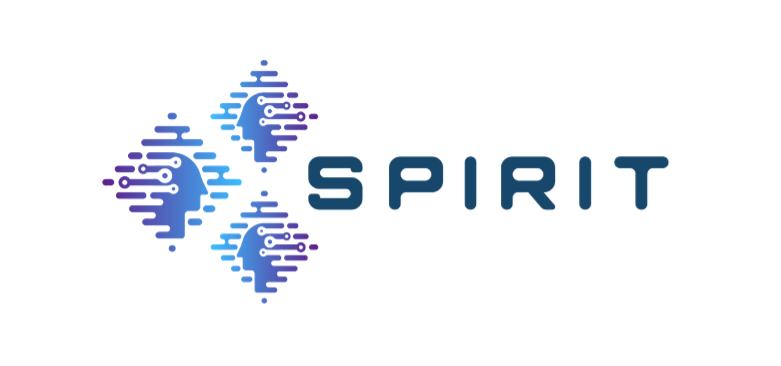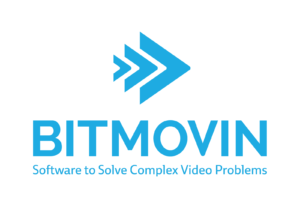Elsevier Computer Communications Journal
[PDF]
Shirzad Shahryari (Ferdowsi University of Mashhad, Mashhad, Iran), Farzad Tashtarian (AAU, Austria), Seyed-Amin Hosseini-Seno (Ferdowsi University of Mashhad, Mashhad, Iran).
Abstract: Edge Cloud Computing (ECC) is a new approach for bringing Mobile Cloud Computing (MCC) services closer to mobile users in order to facilitate the complicated application execution on resource-constrained mobile devices. The main objective of the ECC solution with the cloudlet approach is mitigating the latency and augmenting the available bandwidth. This is basically done by deploying servers (a.k.a ”cloudlets”) close to the user’s device on the edge of the cellular network. Once the user requests mount, the resource constraints in a cloudlet will lead to resource shortages. This challenge, however, can be overcome using a network of cloudlets for sharing their resources. On the other hand, when considering the users’ mobility along with the limited resource of the cloudlets serving them, the user-cloudlet communication may need to go through multiple hops, which may seriously affect the communication delay between them and the quality of services (QoS).



















